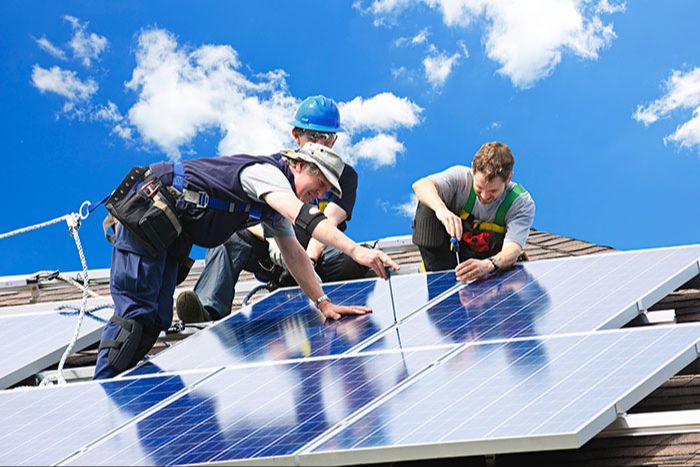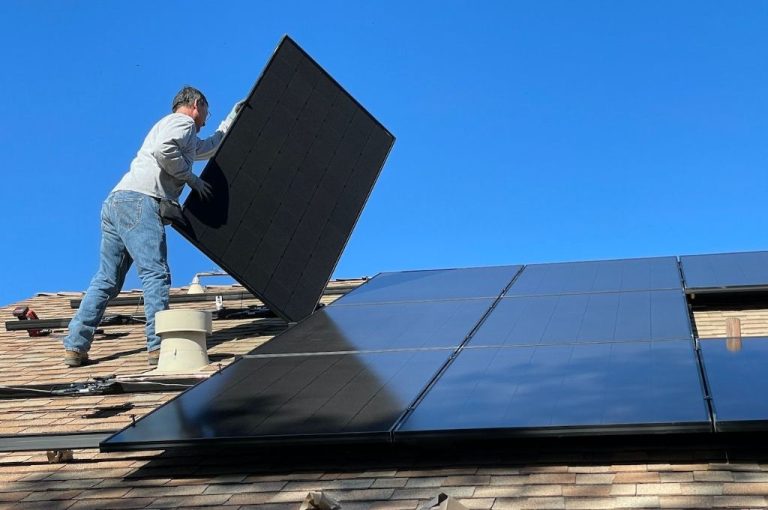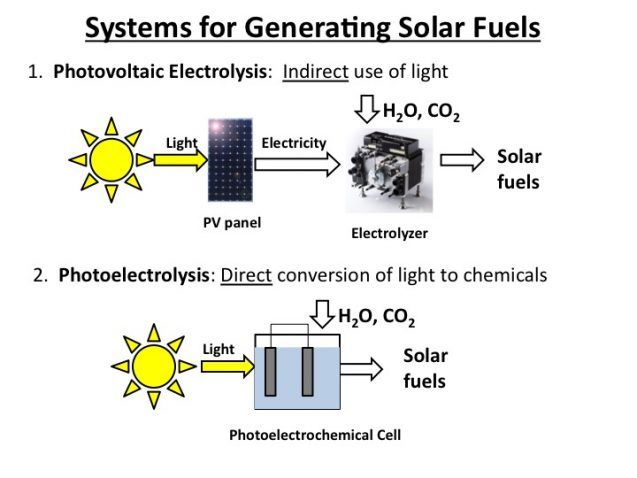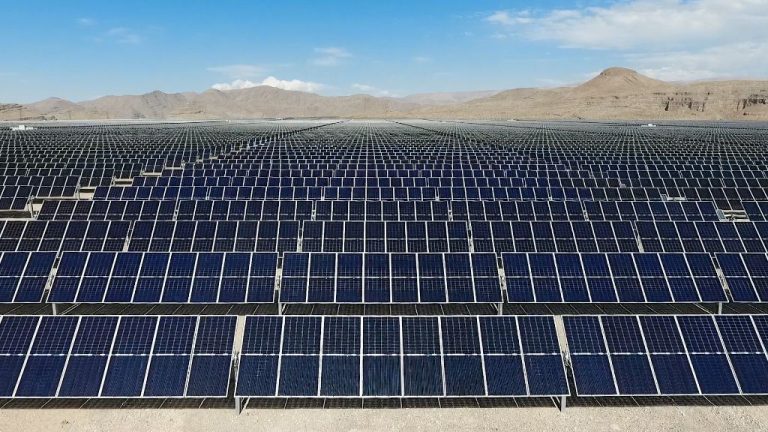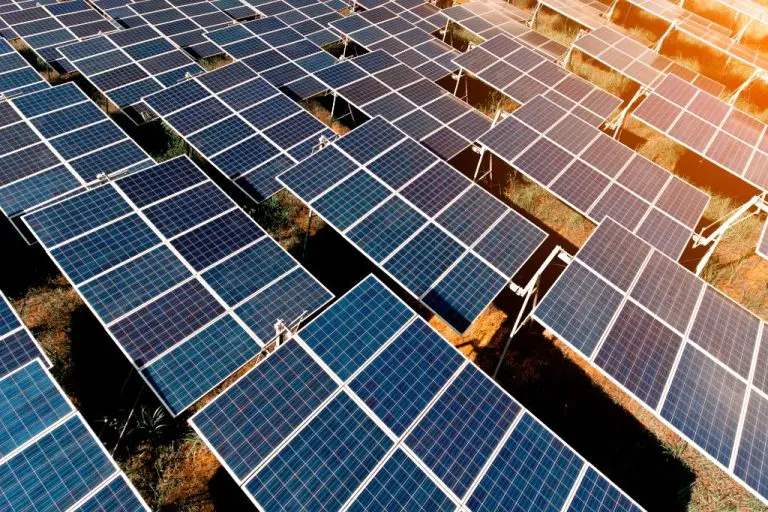What Are The Negatives Of Solar Panels?
High Upfront Costs
Solar panels typically require a substantial initial investment, which can be a barrier for some homeowners and businesses. The total costs of installing solar panels can range from $10,000 to $25,000 or more, depending on factors like the number of panels, the system size, roof type, permits, and labor. The average cost in the U.S. is approximately $18,000 for a typical 6 kW residential system that can power about 60-80% of an average household’s electricity needs.
The high upfront costs of solar panels stem from the expenses of purchasing the panels themselves as well as hiring contractors for proper installation and electrical work. Larger systems that aim to fully power a home or business are even more expensive. Many homeowners find it challenging to take on such a large one-time cost all at once.
However, despite the steep initial investment, solar panels are viewed as a long-term asset that can yield returns over their lifespan of 25-30 years. There are also financing options to help spread out the costs such as solar loans and leases. As solar technology continues advancing and installation costs keep declining, the upfront price tag will become more affordable in the years ahead.
Intermittency Issues
One of the main downsides of solar panels is that they suffer from intermittency issues. Solar panels can only generate electricity when the sun is shining on them. This means that solar power generation fluctuates throughout the day and seasons, peaking when irradiance from the sun is at its maximum but falling to zero at night and on cloudy days. Unlike fossil fuel power plants which can generate electricity 24/7 on demand, solar panels cannot produce power if the sun is not available.

This intermittent generation profile creates problems for grid stability and reliability. Additional infrastructure such as energy storage is often required to smooth out the variability and ensure grid demand is met when solar generation drops. Solar intermittency also makes solar power less useful for meeting baseline energy needs. The lack of solar power at night creates the “duck curve” demand pattern, with steep ramps in grid demand in the mornings and evenings when people require electricity but solar is not available.
Overall, the intermittent nature of solar power creates integration and grid management challenges. It limits solar’s ability to reliably meet electricity demand at all times. Mitigating measures like energy storage and improved forecasting can help compensate, but do not eliminate the intermittency issues inherent to solar PV systems.
Space Requirements
Solar panels can take up considerable roof space or land area in order to generate enough electricity to power a home or business. While solar panels are becoming more efficient, most residential systems require anywhere from 200 to 400 square feet of roof space. Panels are usually installed facing south at an angle of 15 to 40 degrees, which may limit suitable roof space, especially on homes with complex rooflines or limited south-facing orientation. Land-based solar farms require even more extensive acreage in order to generate power at scale.
For homeowners and businesses with limited roof space or property area, space requirements can be a significant downside of solar panels. Careful planning and panel efficiency improvements can help maximize production given spatial constraints. But in some cases, a lack of sufficient open space makes solar power generation physically or economically impractical.
Appearance and Aesthetics
While solar panels provide clean, renewable energy, some people view their appearance as an eyesore or not aesthetically pleasing. Solar panels change the look and feel of a home or neighborhood, especially as more homes transition to solar. Some people are concerned that solar panels will make their neighborhood look cluttered or industrial.
The shiny black and blue panels stand out on rooftops and yards, altering the architectural harmony of a neighborhood. Homeowner associations sometimes prohibit or restrict solar installations over concerns about how they will impact a neighborhood’s appearance. The large size of solar arrays and their highly visible placement means they can detract from a home’s curb appeal.
As solar expands, communities will need to weigh the benefits of renewable energy against resistance to changing neighborhood aesthetics. Improved solar panel designs that better integrate with roofs can help mitigate the visual impact. But for some, the look of solar just doesn’t align with their preferences for neighborhood or home design aesthetic.
Variability in Efficiency
The efficiency of solar panels can vary significantly depending on the installation location and conditions. Solar panels operate most efficiently when pointed directly at the sun, without any shading or obstructions. However, real-world installations rarely achieve perfect conditions.
The orientation and tilt of solar panels impact how much direct sunlight they receive throughout the day and year. Panels facing south (in the northern hemisphere) tend to produce more energy. Tilting panels at an optimal angle toward the sun also boosts efficiency. Installations on rooftops may be limited in how panels can be oriented.
Shading from trees, buildings, or dirt buildup on panels can dramatically reduce output. Even small amounts of shading across a solar array disproportionately lower total production. Site assessments are needed to identify potential sources of shading.
Geographic location influences solar production as well. Areas closer to the equator generally receive more annual sunlight compared to higher latitudes, boosting potential solar panel efficiency. Cloudy or smoggy regions can also experience lower solar resources.
These variables mean solar panels may operate far below their rated lab efficiency in real-world conditions. Careful site evaluation and planning is required to maximize solar efficiency.
Toxic Materials
While solar panels provide clean energy during their working lifespan, the materials within the panels themselves can be quite harmful to the environment. Most concerning are the toxic heavy metals like lead and cadmium used in manufacturing solar PV cells.
These metals provide conductivity and enhance solar cell efficiency, but have problematic disposal issues. If solar panels end up in landfills instead of being properly recycled, lead and cadmium can leach into surrounding soil and water. Exposure to these heavy metals pose significant health and environmental hazards.
There are also small amounts of other potentially dangerous chemicals used in solar panels, like arsenic and antimony. While the toxicity risks are small for an individual solar installation, the massive scaling projected for solar means disposing of these materials properly is an important consideration.
Recycling Difficulties
Solar panels contain hazardous materials like lead and cadmium that require special handling at end-of-life. Most solar panels are designed to last around 20-25 years. Once they stop working efficiently, they create an electronic waste problem if not disposed of properly.
Solar panels are difficult and expensive to recycle. They need to be dismantled and the different components like glass, plastics, and metals need to be separated. The small amounts of dangerous chemicals also must be handled carefully. Not all areas have facilities equipped for solar panel recycling.
Recycling needs to be planned for at the beginning of a solar installation. Responsible solar companies should have takeback and recycling programs in place. Consumers also need to be prepared for proper end-of-life disposal. More recycling infrastructure and better technology is needed to improve the recycling rates for old solar panels.
Wildlife and Habitat Impact
The construction of large-scale solar farms over previously undeveloped land can negatively impact wildlife habitats and ecosystems. As natural landscapes are converted to solar energy production facilities, animals lose their homes and the ability to freely cross between different spots in their territory. Fragmentation of the landscape makes it challenging for some species, like pronghorn antelope in the southwestern United States, to find enough food and water. Additionally, wildlife may try using parts of the solar facilities for resources, such as birds nesting under solar panels. This puts them at risk of injury or predation.
Solar farms built near lakes can alter water temperatures, aquatic vegetation, sedimentation, and fish habitat. The arrays produce shading that affects plant and algae growth. Herbicides used for vegetation management around panels can also enter waterways. Some endangered desert species like the Mojave fringe-toed lizard may abandon areas where massive solar installations are built. Overall, while solar energy has many environmental benefits, large facilities can disrupt local ecosystems if sited improperly.
Grid Integration Challenges
One key challenge with solar power is its variability and intermittency. The amount of sunlight that hits solar panels changes throughout the day and seasons. Cloud cover also impacts solar electricity generation. This intermittent nature of solar power can strain and complicate grid management.
Since the electric grid needs to be balanced at all times between supply and demand, the variability of solar power makes it more complex to integrate into the grid. Grid operators have to forecast solar power production and ramp other power plants up or down to accommodate fluctuations in solar generation. Sudden drops in solar output due to clouds passing over can be difficult to respond to quickly.
As more solar power comes online, more grid flexibility is needed. Better power forecasting, increased system reserves, more flexible power sources, energy storage and smarter grids can help manage solar intermittency. But it requires considerable investment and coordination. The variability of solar power therefore remains an ongoing challenge for grid integration and reliability.
Job Loss in Fossil Fuel Industry
As solar power continues to expand, jobs in the coal, natural gas, and oil industries are projected to decline. The solar industry itself creates many new jobs, but communities reliant on fossil fuel production may be negatively impacted. Major coal-producing regions could face economic hardship and job losses if coal declines due to solar growth. Solar may also reduce jobs related to natural gas and oil production and pipelines. However, experts note the transition is gradual, allowing time for retraining, and solar itself creates many new jobs. Strategies like retooling fossil fuel plants for solar and funding job retraining programs can help mitigate negative impacts. Overall, while job loss in fossil fuels is a valid concern, proactive policies can ensure a fair transition for workers.

